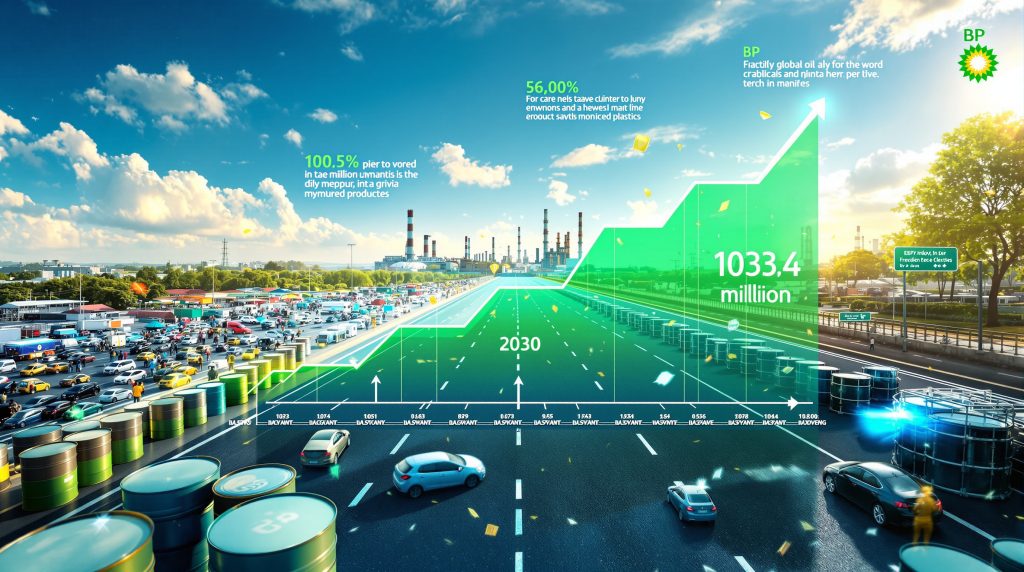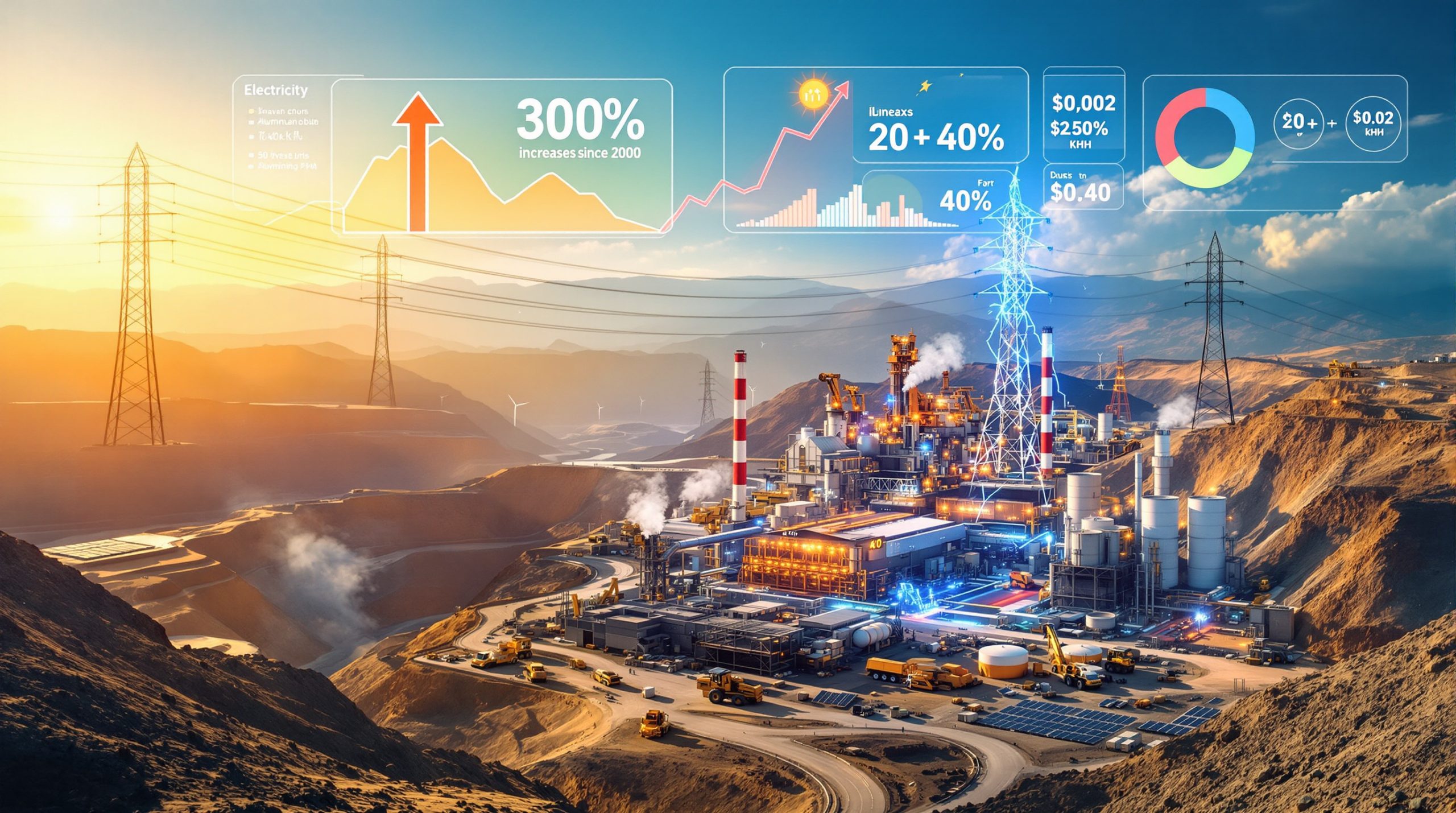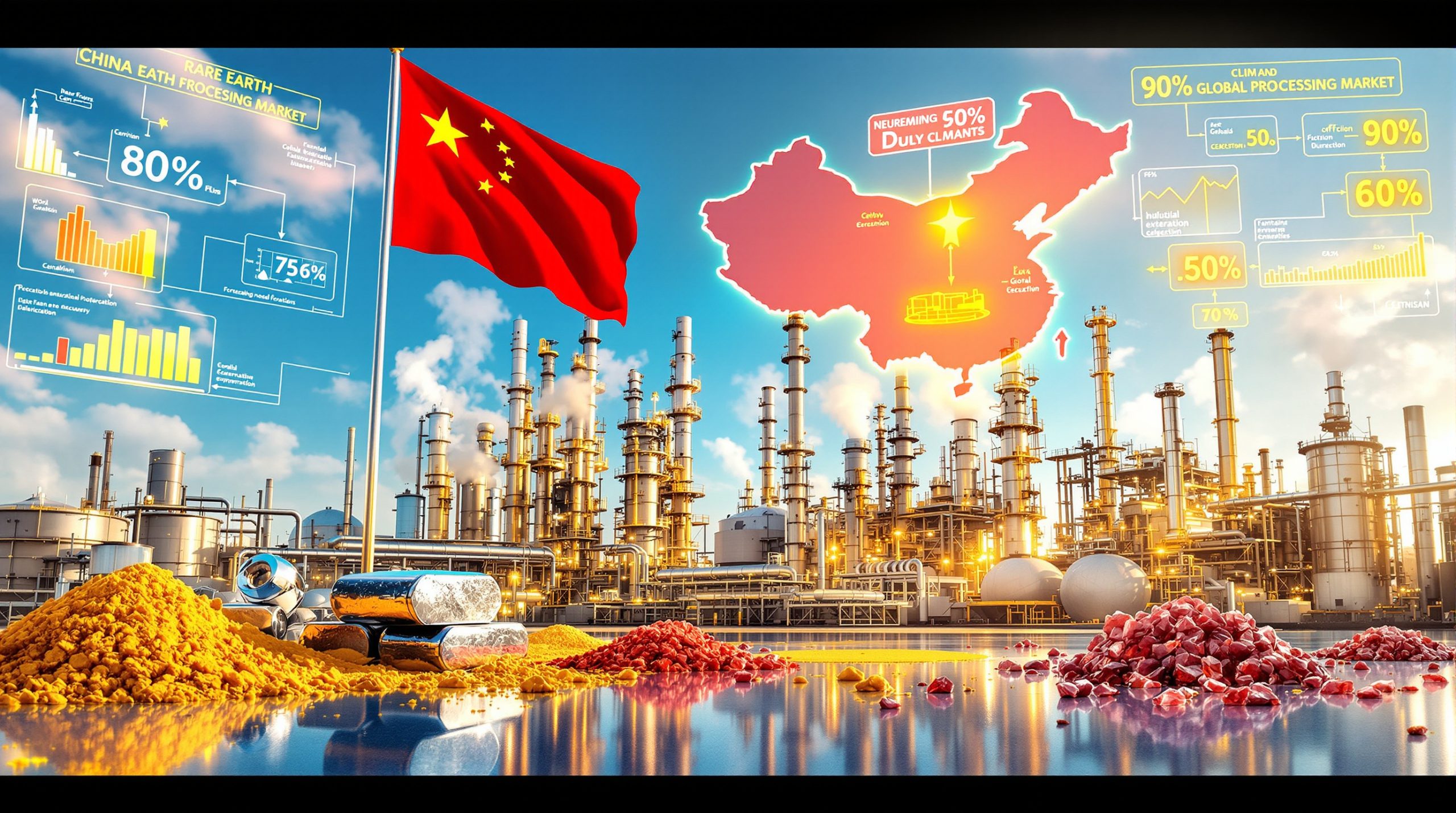BP Revises Oil Demand Forecast: Peak Now Expected in 2030
BP has significantly altered its global oil demand outlook, abandoning the previous view that demand would peak by 2025. The energy giant now projects continued growth through this decade, with demand expected to reach approximately 103.4 million barrels per day before peaking around 2030. This five-year shift represents a major recalibration of BP's energy transition timeline and carries substantial implications for global oil price trends and climate policies.
Key Changes in BP's Forecast
| Previous Forecast | New Forecast | Change |
|---|---|---|
| Peak by 2025 | Peak around 2030 | +5 years |
| Earlier plateau | Higher peak (103.4 million bpd) | +3-4 million bpd |
| Faster post-peak decline | More gradual demand reduction | Slower transition |
What Factors Are Driving This Revised Outlook?
Stronger-Than-Expected Demand in Emerging Markets
The persistence of oil demand growth is largely attributed to robust consumption in emerging economies, particularly in Asia. India has emerged as a primary driver, with its rapidly expanding economy, growing middle class, and increasing vehicle ownership rates contributing significantly to global oil consumption. Unlike developed economies where demand may have already plateaued, these markets continue to show strong appetite for petroleum products.
Recent data shows India's oil consumption growing at 5-7% annually, significantly outpacing earlier projections and reinforcing its position as a key driver in global demand patterns.
Disappointing Energy Efficiency Improvements
BP's analysts note that anticipated gains in energy efficiency have materialized more slowly than expected. Despite technological advancements and policy initiatives:
- Vehicle fleet efficiency improvements have lagged projections
- Building and industrial energy optimization has progressed more gradually
- The transition to alternative fuels has faced implementation challenges
These factors have collectively sustained higher oil demand than previously forecast, pushing the peak further into the future. Energy efficiency targets in major economies have typically achieved only 60-70% of projected improvements, according to industry analysts.
How Is Oil Consumption Changing Across Different Sectors?
Shifting Sectoral Demand Patterns
The composition of oil demand is evolving significantly, with important implications for the timing of peak demand:
-
Road Transport: Electric vehicle adoption is accelerating, but the overall vehicle fleet continues to grow, especially in developing markets. Despite EV sales increasing 35-40% annually in some regions, the global ICE vehicle fleet is still expanding.
-
Aviation: Post-pandemic recovery has been stronger than anticipated, with limited viable alternatives to jet fuel. Aviation fuel demand has rebounded to 115% of pre-pandemic levels in some markets.
-
Petrochemicals: Demand for plastics and other petrochemical products continues to grow robustly, with petrochemical feedstock now accounting for nearly 15% of total oil consumption.
-
Shipping: Despite efficiency improvements and alternative fuel initiatives, petroleum remains dominant with over 95% of the global maritime fleet still dependent on conventional fuels.
Petrochemicals: The New Growth Engine
A key insight from BP's revised outlook is the increasing importance of petrochemicals as a driver of oil demand growth. While transportation has traditionally dominated consumption, petrochemical applications are becoming increasingly significant:
- Plastics production is expanding at 3.5-4% annually in developing economies
- Limited economically viable alternatives exist for many petrochemical applications
- Recycling initiatives have not sufficiently offset virgin plastic demand growth
- Developing economies are increasing per capita consumption of plastic products at twice the rate of developed nations
Industry estimates suggest petrochemicals could account for up to 50% of incremental oil demand growth through 2030, fundamentally altering traditional demand patterns.
What Does This Mean for Global Energy Markets?
Investment Implications
BP's revised outlook has significant implications for investment strategies in the energy sector:
-
Upstream Oil & Gas: Continued need for investment to offset natural production declines, with estimates suggesting $500-600 billion annually needed just to maintain current production levels.
-
Refining Capacity: Potentially longer economic life for existing assets, with refinery utilization rates expected to remain above 85% globally through 2030.
-
Petrochemical Infrastructure: Increased focus on integration with refining operations, with integrated refining-petrochemical complexes showing 15-20% higher returns than standalone facilities.
-
Alternative Energy: Possibly slower growth trajectory in certain sectors, though capital allocation to renewables continues to expand.
The extended timeline provides greater certainty for investors in conventional energy infrastructure, potentially unlocking additional capital for projects with longer payback periods.
Price Stability Considerations
The extended timeline for peak demand may contribute to greater price stability in oil markets:
- Reduced risk of stranded assets in the near term
- More gradual transition allowing for market adaptation
- Continued investment supporting adequate supply
- Potential for more balanced market dynamics
Market analysts suggest this revised outlook could reduce price volatility by 10-15% compared to scenarios with an earlier, more abrupt oil price crash analysis has shown.
How Does This Affect Climate Goals and Energy Transition?
Carbon Budget Challenges
The extended growth period for oil demand creates additional challenges for global climate objectives:
- Higher cumulative emissions during the transition period, potentially adding 2-3 billion tonnes of additional CO₂ emissions
- Increased pressure on other sectors to decarbonize more rapidly
- Greater reliance on carbon capture and negative emissions technologies
- Potential need for more aggressive policy interventions
Climate scientists warn that this delay in peak oil demand could consume an additional 4-5% of the remaining carbon budget for a 1.5°C pathway, making other mitigation measures increasingly critical.
Technology Development Priorities
BP's revised outlook emphasizes the importance of accelerating certain technological developments:
- More efficient vehicles and transportation systems
- Advanced recycling and circular economy solutions for petrochemicals
- Cost-effective carbon capture and utilization technologies
- Scalable alternatives to petroleum-based products
Industry experts suggest this forecast revision should trigger a 25-30% increase in R&D investment focused on hard-to-abate sectors like aviation and petrochemicals to avoid climate goal overshoots. Furthermore, these energy transition challenges will require innovative solutions across the entire value chain.
What Uncertainties Remain in BP's Forecast?
Policy and Regulatory Variables
Government policies remain a critical uncertainty in projecting peak oil demand:
- Carbon pricing mechanisms and their global adoption
- Vehicle efficiency standards and electric vehicle incentives
- Plastic regulation and recycling mandates
- Aviation and shipping emission reduction requirements
The effectiveness of policy implementation could shift the peak demand timeline by ±2 years according to sensitivity analyses in energy models.
Technological Disruption Potential
Several technological developments could accelerate or further delay the peak:
- Battery technology breakthroughs, particularly solid-state batteries that could reduce costs by 40-50%
- Hydrogen economy development, especially in hard-to-electrify sectors
- Advanced biofuels commercialization that could displace up to 5-7% of conventional fuel demand
- Artificial intelligence optimization of energy systems, potentially improving efficiency by 15-20%
Recent advances in each of these areas suggest the potential for non-linear adoption curves that could significantly alter demand projections.
How Do Different Scenarios Affect the Peak Demand Timeline?
BP's Multiple Scenario Approach
BP's Energy Outlook includes multiple scenarios reflecting different policy and technology pathways:
- Current Trajectory: Peak around 2030 at 103.4 million bpd
- Accelerated Transition: Earlier peak with faster subsequent decline
- Net Zero Scenario: Most aggressive reduction pathway
The variance between these scenarios has widened in recent forecasts, indicating increased uncertainty about the pace and direction of the energy transition.
Regional Variation in Peak Timing
The global peak masks significant regional differences:
- Developed economies: Many have already reached peak demand, with consumption declining at 1-2% annually
- China: Approaching peak in the next 5-7 years as EV adoption accelerates
- India and Africa: Continued growth beyond 2030, with peak potentially not occurring until the late 2030s
- Middle East: Domestic consumption growth offsetting efficiency gains, with some countries seeing 3-4% annual increases in local demand
This regional divergence creates complex market dynamics and policy challenges that global averages tend to obscure. In addition, the ongoing US oil production decline will have significant implications for global supply-demand balances.
What Are the Implications for Energy Companies?
Strategic Adaptation Requirements
Energy companies face complex strategic choices in response to this evolving outlook:
- Portfolio diversification across multiple energy sources
- Increased focus on cost competitiveness in core operations
- Strategic positioning in growth markets and sectors
- Investment in carbon reduction technologies
Leading companies are allocating 15-25% of capital expenditure to low-carbon initiatives while optimizing returns from conventional assets.
Balancing Short-term Returns with Long-term Positioning
The extended timeline creates both challenges and opportunities:
- Continued cash flow from traditional operations
- More time for orderly transition planning
- Need to maintain competitive positioning in core business
- Opportunity to develop new business models gradually
Financial analysis suggests companies that balance reinvestment in high-return conventional assets while building capabilities in emerging sectors could outperform pure-play companies in either space.
FAQ: Understanding BP's Oil Demand Forecast Revision
Why has BP changed its peak oil demand forecast?
BP revised its forecast based on several factors, including stronger-than-expected demand in emerging markets (particularly India), slower-than-anticipated improvements in energy efficiency, and continued growth in petrochemical applications. These elements collectively suggest oil demand will continue growing longer than previously projected.
Does this mean the energy transition is failing?
No, the energy transition continues to progress, but BP's revised outlook suggests it may follow a more gradual trajectory than some earlier forecasts indicated. The transition involves complex interactions between technology, policy, economics, and consumer behavior, making precise timing difficult to predict.
How does this forecast compare to other major energy outlooks?
BP's revised forecast aligns more closely with projections from organizations like OPEC and the International Energy Agency, which have generally anticipated peak demand occurring in the late 2020s or early 2030s. However, significant variations exist between different forecasts based on methodology and assumptions.
What could cause demand to peak earlier than 2030?
Several factors could accelerate the peak, including more aggressive climate policies, faster electric vehicle adoption, breakthrough technologies in alternative fuels or materials, or structural economic changes reducing energy intensity. Global economic disruptions could also temporarily reduce demand.
Will oil demand collapse after reaching its peak?
BP's outlook suggests a gradual decline rather than a collapse following peak demand. The company projects that oil will remain an important part of the global energy mix for decades after reaching its peak, though its share will progressively diminish as alternatives become more prevalent.
Further Exploration
Readers interested in learning more about global oil demand forecasts can explore additional educational content on energy market trends and projections. The evolving nature of energy transition pathways, technological developments, and policy frameworks will continue to shape how and when global oil demand reaches its ultimate peak.
Ready to Stay Ahead of the Next Major Mining Discovery?
Discover significant ASX mineral discoveries before the market with Discovery Alert's proprietary Discovery IQ model, transforming complex mineral data into actionable insights for traders and investors. Explore why historic discoveries can generate substantial returns by visiting Discovery Alert's dedicated discoveries page and begin your 30-day free trial today to secure your market-leading advantage.




